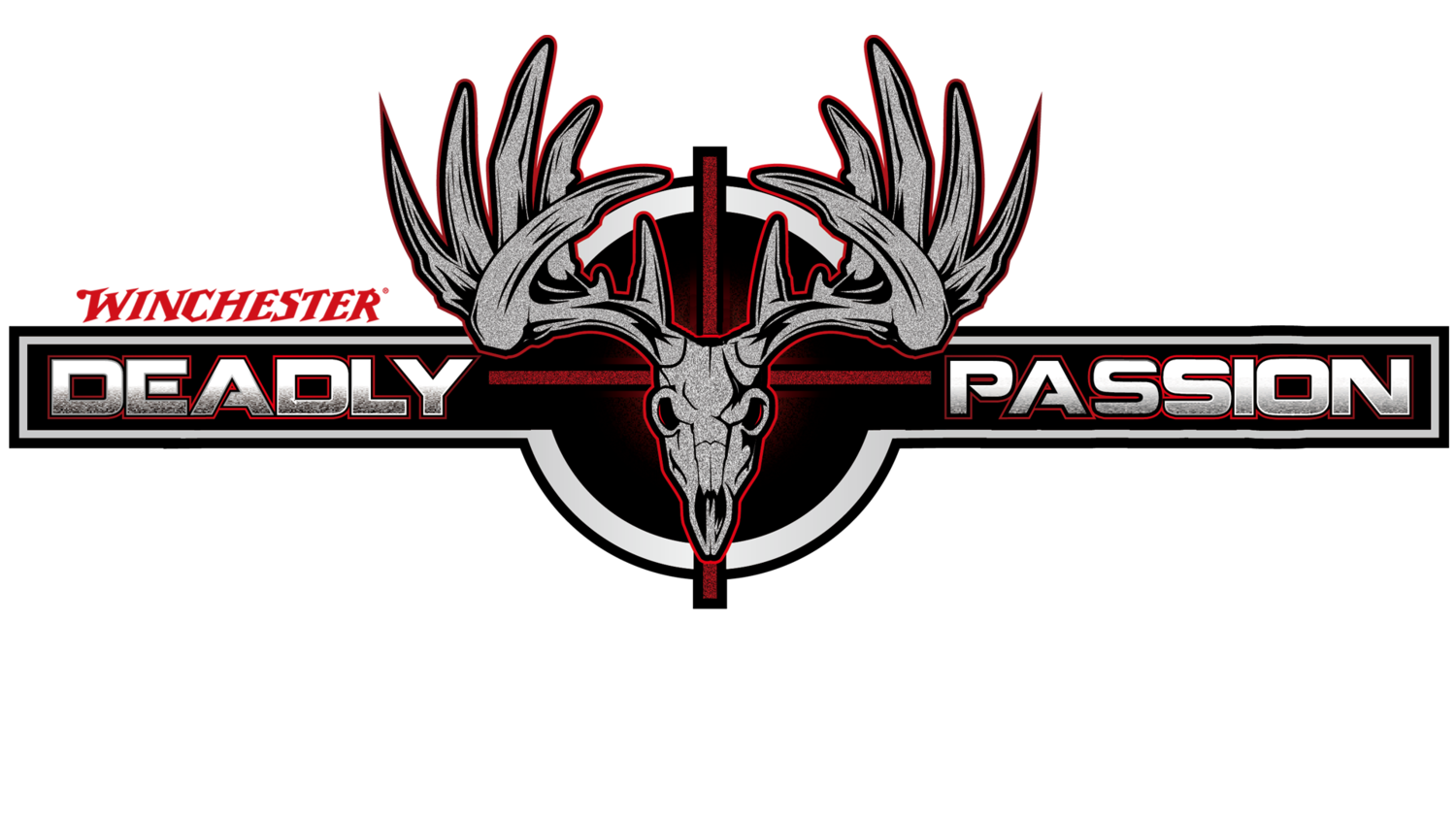Choosing The Right Caliber For The New Hunter
One question I'm asked over and over, is what is the best caliber rifle to start a new hunter on? I'm a firm believer there are a lot of opinions, however I always recommend a .270 Winchester. The reasons are simple. This is usually plenty of gun to ethically take down most North American big game animals, it's an extremely flat shooting round, and most importantly it has low recoil. In my book these are the most important things to keep in mind when choosing a caliber for a new hunter. Regardless of what caliber you pick, here are some very important tips to remember.
1.) Recoil. Explain the level of recoil they the new hunter is going to experience & shoot it first so they can watch. This is great for young kids, but really nice for anyone trying out a new gun first. Even if they don't say they need this I believe it's a great idea to help alleviate any nervousness.
2.) Hearing protection. After talking with many new shooters, the two things that scare them most are usually noise and recoil. Make sure to not only protect their hearing, but make it more comfortable by providing good hearing protection while they are shooting or when they're out on the range with you. Earplugs are fine, but I would highly recommend a set of muffs so they feel safer. You may also want to ensure that the gun you are using is regularly cleaned, clearing it of residual powder or grime as it can affect the weapon's performance - read this guide to learn more.
3.) Animal size. Decide what animal will primarily be hunted, and ensure the gun has enough knockdown power for that species. The last thing you want to do is have them wound an animal shooting too small of a caliber. On the flip side, if they plan on shooting only prairie dogs and plinking around the yard, make sure they are not over gunned.
4.) Practice makes perfect. Confidence in a new shooter is key, so explain everything thoroughly. This goes for gun safety, working the bolt, cleaning the rifle, etc. The more a new shooter feels they know about the gun and what they are doing, the better their confidence and shooting will become.
5.) Decide max effective range. Explain the importance of knowing max effective range before heading out into the field. Too, go over the ballistics so they understand the drop of their gun. Winchester has an incredible app that can be downloaded onto their smartphone called the ballistics calculator and is a great tool for both in the field and on the range. If they can only shoot 100-yards, don't overwhelm them with this info right away. Though it's always a good discussion to have.
6.) Use a lead sled. Even to this day I prefer shooting my guns off a lead sled when sighting them in. It's a great way toeffectively check a gun's zero without the recoil. This is also a great way to let new shooters try new guns, or potentially move up in calibers. Again, let them see you shoot the gun off the lead sled showing that there is no recoil and they will be much more comfortable.
7.) Choose interactive targets. For kids, use things like different colored balloons, water balloons or spinning targets. This will make it much more exciting and gives that instant gratification for hitting the target





